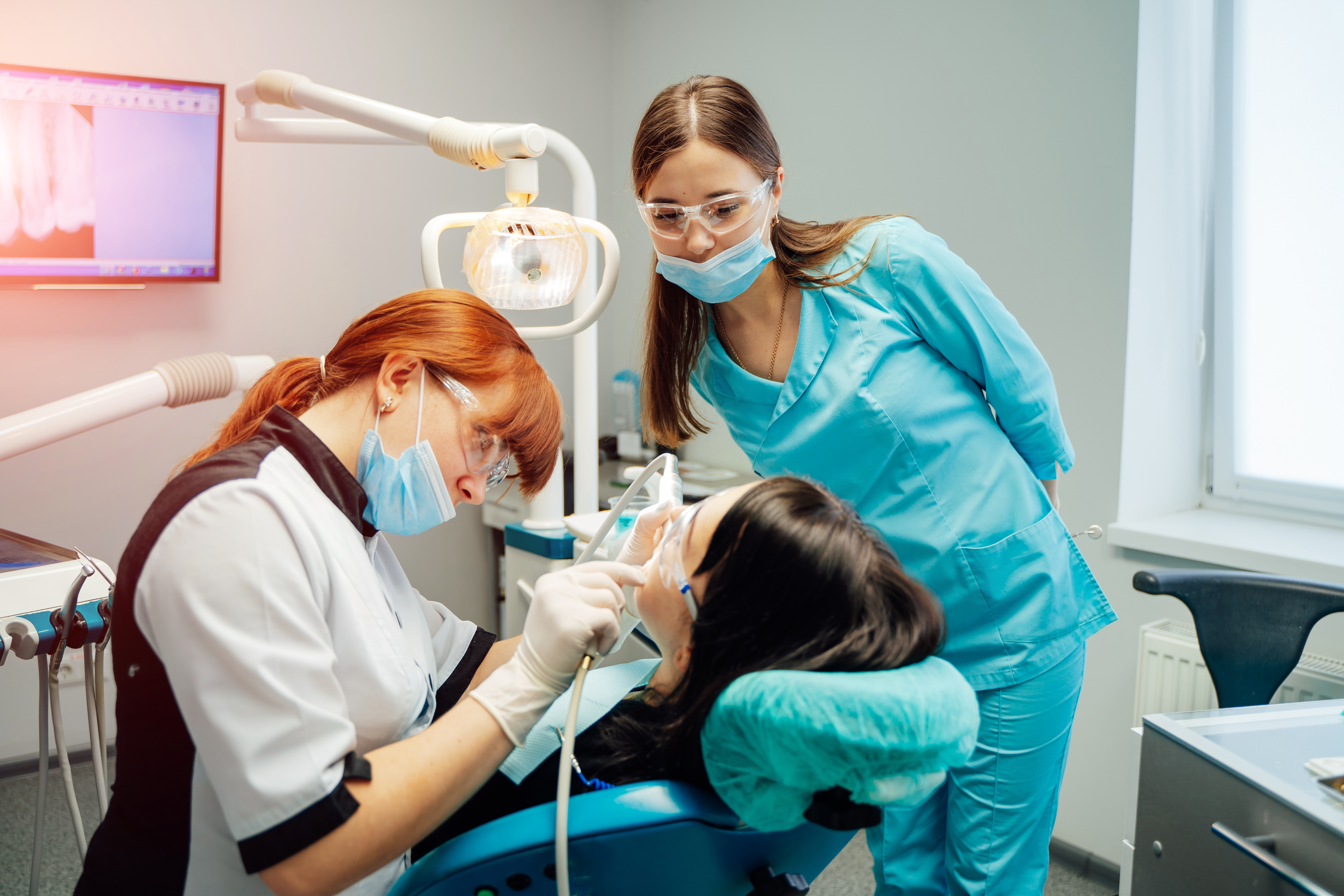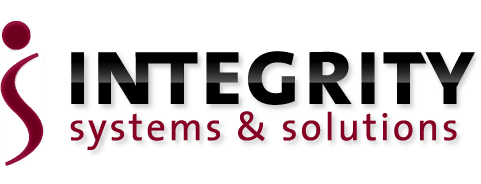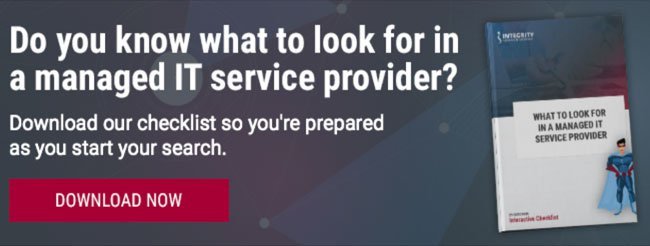
By: Michael Vincelette on May 29th, 2020
Best Practices for Complying with Dental PPE Requirements in New England
Medical | Dental | Healthcare
Your patients and your dental practitioners are more concerned than ever about personal protective equipment (PPE) — and for good reason. With health-conscious mindsets and increased safety protocol emerging everywhere, there’s no time like the present for reassessing your dental PPE standards.
Here is a review of the common types of PPE found in dental environments, a list of resources for stocking up on proper supplies, and some general guidelines for the recommended use of PPE at your practice.
Mask Types
There are three main types of masks that dental professionals may use to help protect themselves and their patients against the spread of infectious contaminates:
Surgical Masks
Surgical masks are approved by the U.S. Food and Drug Administration (FDA) and are intended to be used to protect against large droplets, splashes, or sprays of bodily or other hazardous fluids. While they serve an important purpose, these masks typically do not come in various sizing options and are loose-fitting coverings with no seal check requirements — making them not always the first choice for every practice.
They’re hygiene-friendly if disposed of after each patient encounter, and are still a cost-effective yet safe option for dentistry professionals to use during exams.
N95 Masks
Whereas surgical masks only protect against large droplets and splashes, N95s additionally protect against small particle aerosols. These tight-fitting masks have user seal checks and, along with N95 respirators, are recommended according to the CDC for use during aerosol-generating procedures conducted on patients. In heightened times of safety concerns around COVID-19, these are a smart option for dental professionals when performing oral cleaning or other dental care.
Ideally, these masks should be discarded after each use, and absolutely discarded if exposed to fluids like blood or nasal secretions, if it no longer seals to the face, or if damaged or deformed.
KN95 or Equivalent Masks
Masks like KN/KP95, PFF2, P2, DS/DL2, or Korean Special 1st are intended for FDA emergency use. These are often manufactured in compliance with standards of other countries and, according to the ADA, are considered equivalent to NIOSH approved N95 masks. For instance, N95 is the U.S. standard for respirator masks, while KN95 is the standard for China (the other listed equivalents are other nations’ standards).
During times of shortages, these masks could work just as well as our N95s made in the U.S. Just like the N95s, these masks are tight-fitting, have user seal requirements, and should ideally be discarded after each encounter with a patient for ensured protection. Here are the authorized manufacturers of N95 equivalent masks from the FDA.
Gloves and Proper Clothing Protection
Mask types and usage are only one part of a large PPE equation for dental professionals. When in potential contact with blood, body fluids, mucous membranes, non-intact skin, etc., it’s crucial for dental practitioners to wear gloves. Because gloves cannot be washed or reused, these may be equally hard to obtain during times of shortage and crisis.
Dental professionals must also follow CDC recommendations for protective clothing protocol, including uniforms that cover skin and personal clothing during procedures or activities where contact with blood, saliva, etc. is anticipated.
Obtaining Proper PPE Supplies
The availability, type, quantity and quality of PPE varies widely— and especially now during these high-demand times, it’s becoming increasingly difficult for dentists to get the protective equipment they need for emergency exams and surgeries.
Start with Your Local Health Department
Throughout New England and nationally, there are many resources to help you find proper supplies. For instance, the Connecticut State Dental Association (CSDA) has an accessible directory available online listing local health departments. There are additional resources from dental associations in Massachusetts, Rhode Island, and New Hampshire.
Should your local health department not have any available resources or you cannot connect with the local department, you could reach out to a regional director for a supply of masks, gloves, or additional hygiene products.
Find Authorized Respirators with Help from the CDC & FDA
The CDC understands that obtaining N95s is crucial for your practice, and that’s why they list clear strategies for optimizing your supply of respirators. We highly suggest reviewing their resource page, as well as viewing this authorized list of imported, non-NIOSH approved respirators, should you be unable to obtain locally-sourced masks at this time.
Learn more about financial assistance for business resources during COVID-19
Your Practice’s PPE Responsibilities
As a dental practice owner or manager, it’s your responsibility to provide sufficient and appropriate personal protective equipment for your dental health care personnel — and we hope the resources we provided above help you supply the right equipment for your staff and customers’ safety alike.
In addition to providing access to these safeguards, you are responsible for informing your team on the proper selection and use of your practice’s PPE. This includes infection prevention education and training — especially during these heightened times of precautions. Check out the CDC’s recommendations for this type of education and training as well as principles for dental health care personnel safety here.
Rely on a Trusted Compliance Partner
Although many dental practices may only be open for emergency consultations and surgical procedures during this time of nationwide business closure, it doesn’t mean all business operations need to suffer. Here are six actions you can take now to prepare your practice for the slow transition back into full-scale patient load.
While there are sure to be some difficult times ahead when navigating your reopening, it helps to lean on a trusted partner for support. The right vendor will help to ensure you remain compliant with all the dentistry landscape’s revised and enhanced safety protocols, allowing you to gain the trust of both your employees and your patients during these times of uncertainty.
Check out our checklist, How to Choose a Managed Service Provider, to ensure you are choosing the best partner for the job.



